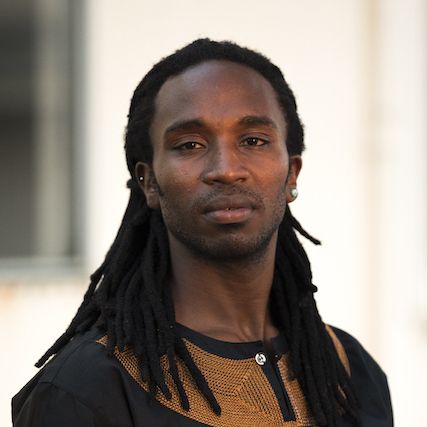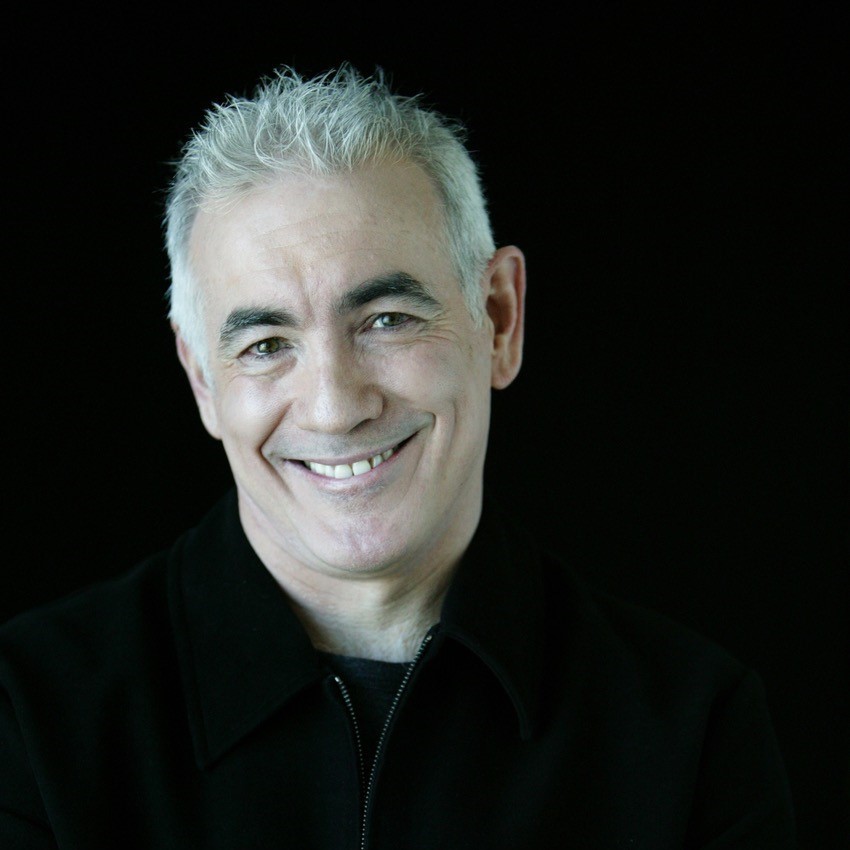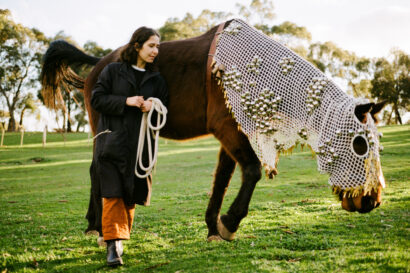In the wake of fiery debate on social media after the publication of Seesaw’s review of West Side Story, we invited WA arts leaders to weigh in on the question of what we do when beloved classic works perpetuate outdated views and values.
What happens when a classic becomes controversial?
19 August 2021
- Reading time • 7 minutesMulti-arts
More like this
- Halloween special: How to make blood and other stage tricks
- Seadragon weaves magic spell
- Spring into the school holidays
Last month we published Dr Claire Coleman’s review of Opera Australia’s West Side Story, which criticised the work itself for its racism and sexism, and Opera Australia for not interrogating these issues.
The review touched a nerve; the comments thread on Facebook was feisty. Given the fervour with which some of the opinions were expressed, we decided to extend the conversation, inviting various West Australian arts leaders to share their thoughts about what we do when much-loved, classic works become problematic from a contemporary perspective.
How do we honour the lineage of theatre, musical theatre, opera and dance, without reinforcing the damaging tropes that so often pervade such works?
Of the artists and arts leaders we approached, three were generous enough to respond: Denmark-based choreographer and creative producer Annette Carmichael; freelance film and arts writer Mark Naglazas, and independent writer and performer Mararo Wangai. We thank these writers for giving their time and energy to engage in this debate.

Annette Carmichael
Choreographer and creative producer
Do we restage repertoire as relics of an old age against which we can resist? A reminder to ourselves of past crimes, injustices and power imbalances? A springboard for outrage, and for contemporary works that carve a new sense of humanity?
Why are we preserving works that no longer speak to the reality of our world? If it’s an act of escapism into the past, then we need to acknowledge that within that nostalgia exists an “othering” of people, and that it has caused harm. When we think of it in this way, do we really want to engage with this? I don’t, but each artist and audience member has their own right to decide.
All works, old and new, “woke” and “unwoke” can exist on our stages. It’s the context that matters. It’s what is wrapped around an audience’s experience of the work that can make a difference, set up an audience to be more active in its contemplation of the work. However, there is a responsibility of artistic directors to explain, “Why this work at this time?” If the presentation of repertoire perpetuates an old power dynamic that has caused people harm in the past, and continues to cause harm, then you’d better have a damn good reason for doing it and explain your choices.

Mararo Wangai
Writer and performer
Purely from an artist’s perspective I would never want an organisation to be the arbitrator of what can’t or can be put forward as art. We should be able to express ourselves freely as artists, but what to do with work that is so behind where we currently are as a society that it is not only offensive – read ignorant of the hard-fought rights that have been fought to give dignity to all – but also possibly in agreement with a conservative population that is actively fighting to take these same dignities away?
Ultimately an impartial audience is the only judge of whether a work is worthy of its presence but is there such a thing as an “impartial” audience in Australia? The question then becomes about the audience. There is such a telling lack of diversity in theatre-going audiences in Australia – it is as though the theatre belongs to the WHITE population.
If these are the people that are to judge, through their attendance, whether something is worth their time then we should not be surprised that what we see is not representative of the diverse issues and realities that we are currently dealing with. We need to diversify audiences; it builds and encourages new artists to create, it challenges art to be presented more thoroughly, and it means that the work presented is forced to try and reflect ALL of the community.

Mark Naglazas
Freelance film and arts writer
It is impossible to engage with a work of art from the past and not encounter a moment that gives you pause, makes you cringe or, in some cases, sparks an angry response.
Live performance presents a special case, however.
While it is easy to contextualise a recorded work (a new forward to a book, an introduction to a movie and so forth) theatre, musicals, opera and dance require performers to embody characters or inhabit a world that has the potential to make them uncomfortable. In other words, live works are more “present” in ways that older books and movies are not.
The most obvious solution is to rework the problematic pieces, to drag them into the present. It’s what theatre-makers have always done with the endlessly adjustable William Shakespeare. But what do you do with such a beloved and well-known work as West Side Story? Can you simply drop problematic scenes, especially when those scenes are amongst the most cherished (that’s if copyright holders even allow for changes)?
The only solution is for producers to be upfront about the content and to trust audiences to see the work in its historical context (or, in some cases, to choose not to see it). This is how classic books and movies are consumed. It’s an awkward marketing option, but preferable to adjusting works or, even worse, to dividing classics between the acceptable and unacceptable (this will change year by year).
Interested to read more? Stay tuned for more discussion when local writer/director/designer/composer Joe Lui dives into this tricky topic... coming soon!
Want to weigh in?
If you would like to contribute to this discussion, you may submit approximately 200 words to hello@seesawmag.com.au for consideration. Please note that submission does not guarantee publication and that published responses may be edited.
Pictured top is Opera Australia’s production of ‘West Side Story’ at Perth’s Crown Theatre. Photo: Will Russell
Like what you're reading? Support Seesaw.






